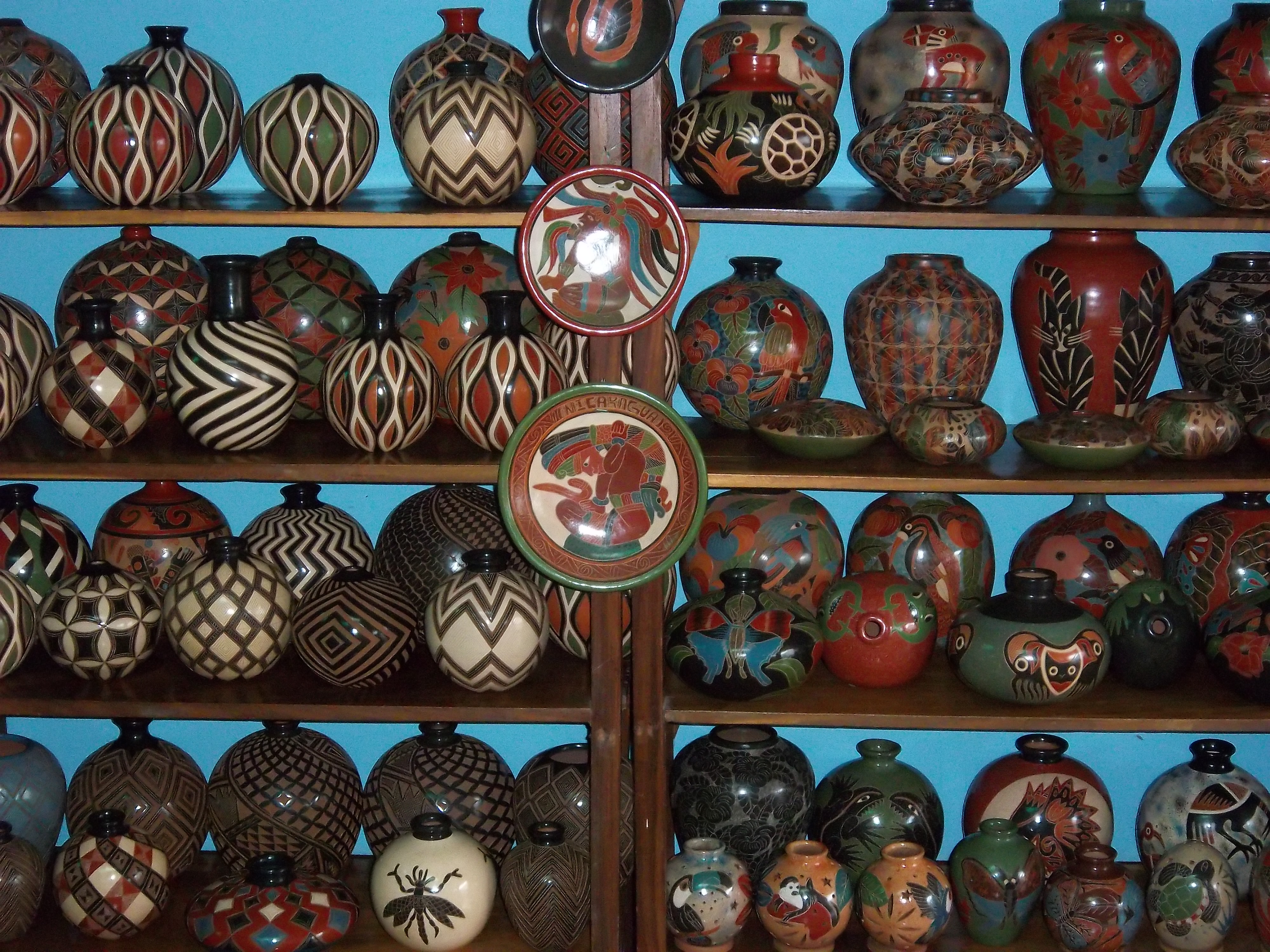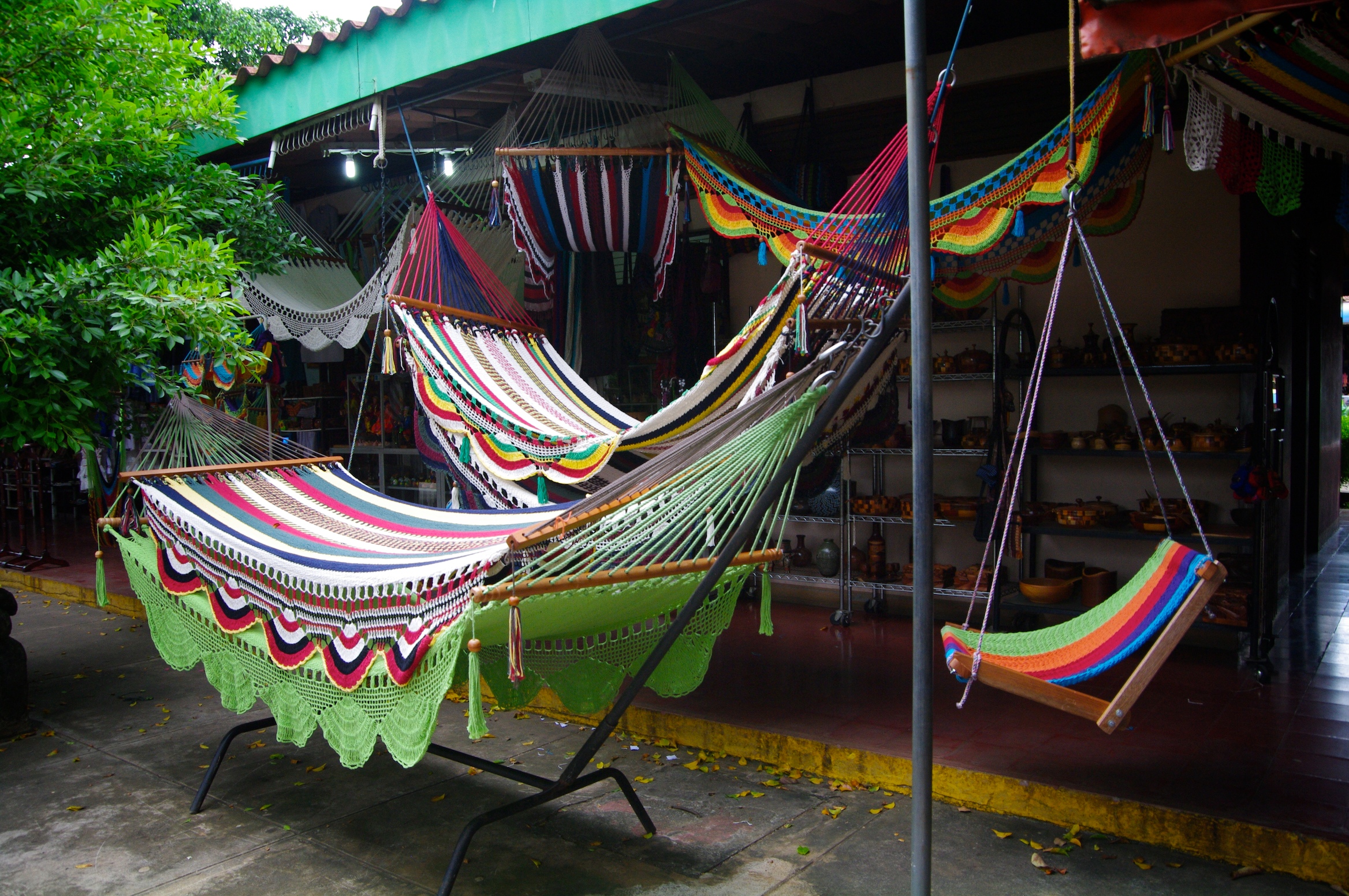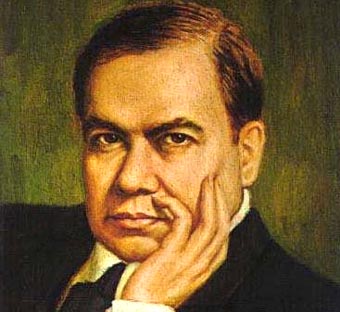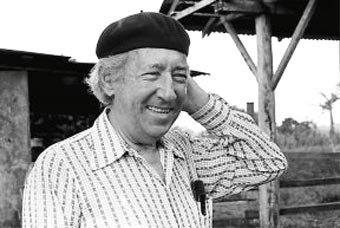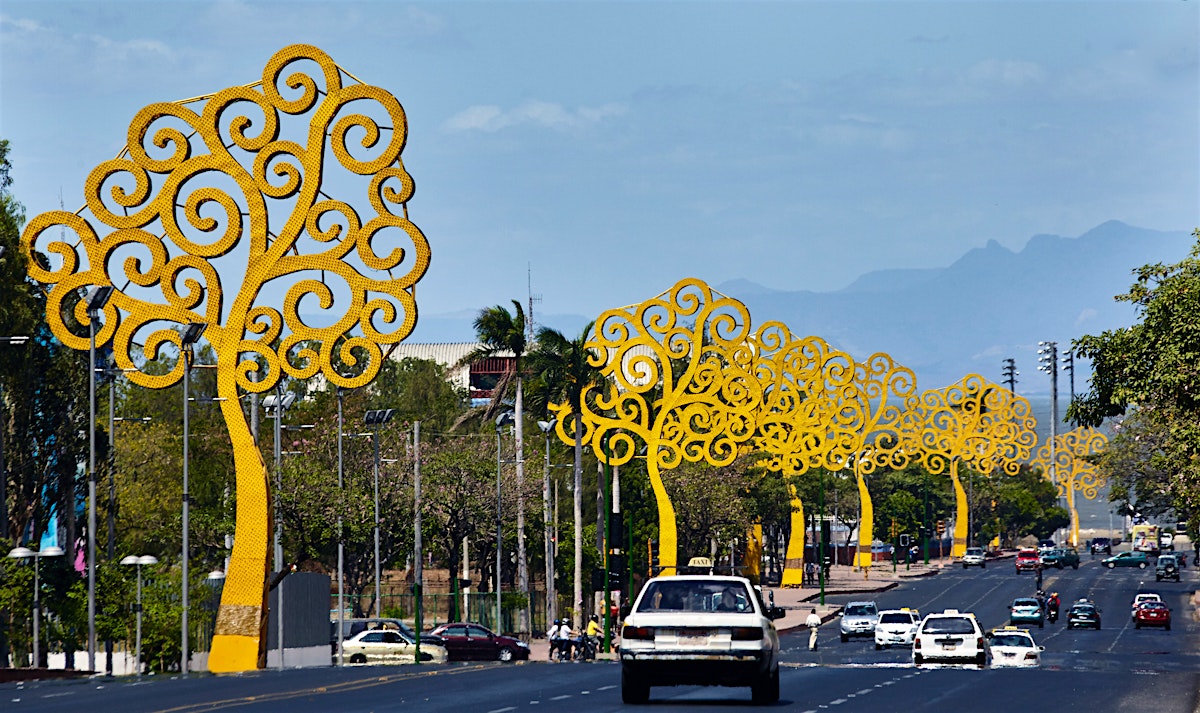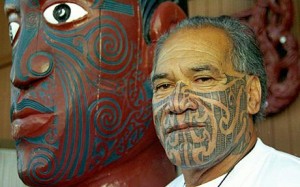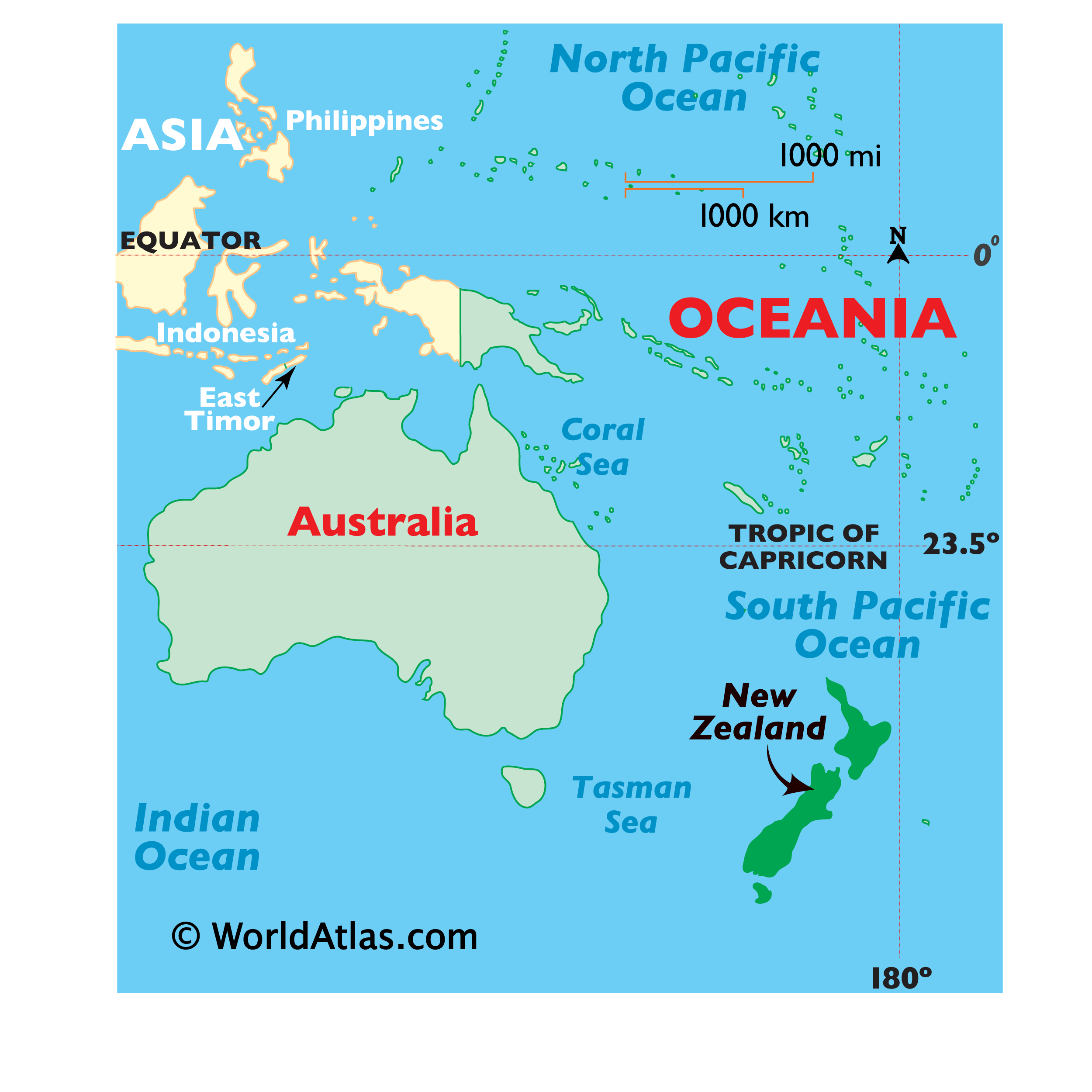This past week, we
finally got a taste of spring. I mean, it’s the end of February, so I’m aware
that this is because of climate change. But we had two days of temperatures in
the 60s followed by two days in the 70s. It was wonderful! I finally got to
open the sunroof in my car! But at the same time, it was weird to see the trees
budding and my daffodils and jonquils blooming in front of my house. And then
yesterday, everything changed. The wind chill was 16, and it was snowing and
bitter cold. I didn’t like it one bit. I hope my flowers are ok. I know my
cough came back to visit.
But in the
meantime, I’m attempting to make something I love: tamales. These tamales,
known as Nacatamales in Nicaragua, are the first ones I’ve ever tried to make
and had to work a little bit to invent a way to make it without a special
tamale pan. The first thing I did was make the dough: I mixed 6 c of masa
harina (corn flour), 1 c of vegetable shortening, and 1 Tbsp of salt in a bowl
and used my blender to blend it all together. With the mixer still on low
speed, I mixed in ½ c naranja agria (sour orange juice – I found it at a
Mexican grocery store), and just enough chicken stock to make it soft. Then I
pushed my mixer up to medium so that it would add in some air and make it
fluffier. After this, I covered the bowl and let it sit about a half hour.
While that was resting, I assembled the fillings. I took my cubed pork (I used
a pork loin instead of pork butt), seasoned it with salt and pepper and placed
it in a bowl. In separate bowls for each ingredient, I had my cooked rice, some
sliced potatoes, a bit of diced onion, and some chopped mint. (It was supposed
to have some tomato slices, but I forgot to get them out.) To assemble it I
laid out a banana leaf with the smooth side up. I put about 1c of masa dough in
the middle and spread it out a little (it’s easier if your hands are wet so
they don’t stick). Then I placed some pork on top, a couple slices of potato
and onion, and topped it with a little bit of chopped mint leaves. I folded the
top of the banana leaf down, and then the bottom side up. Then I folded in each
side to make a little package. (I’m not good at folding packages; I’ve failed
miserably in the past. But this time seemed to go ok.) Carefully flipping it
over so that the seam side is down, I wrapped it up in aluminum foil in the
same way, except a little tighter perhaps. After doing this with all of the
banana leaves, it was time to cook them. I put some water in the bottom of the
pot and put my steamer basket in there, placing the tamales in the basket to
steam for the next 3-4 hours. I checked every half hour or so to make sure my
water wasn’t completely evaporated, which it did a couple of times. I was also
unsure of whether it was actually cooking correctly since the steamer basket I
had doesn’t match my pot. (I need to get a good set that does – and a large one
at that!) But after 3 hours 15 minutes, I took them out and they were done.
Well, the meat was cooked through, but the potatoes were still hard in places.
(Next time, I’ll par-boil the potatoes first.) I had so little faith that this
would end well, but I was completely surprised that it did.
 |
| Always good. I'd use this inside a burrito. |
To go with this, I
made their national dish: Gallo Pinto. I had made this before for Costa Rica
but had used black beans instead. This time I’m using dark kidney beans. And
there are several variations to this dish; I decided to make mine based on some
of the Caribbean coastal varieties. I heated up some coconut oil in a skillet
and sautéed my onions and minced garlic. After a couple of minutes, I stirred
in my drained kidney beans (I reserved some of the liquid), salt, and pepper. I
brought my heat up so that it could start to boil then reduced it. Once the
beans have cooked through for a few minutes, I added in my cooked rice to the
beans and stirred everything together, pouring in my reserved liquid from the
beans. At this point, I also added in a few dashes of Worcestershire sauce and
some chopped cilantro to it. This was really good; the kids ate it all up. I
liked the flavor of the kidney beans with the rice, and the addition of the
cilantro and Worcestershire sauce was a good idea.
 |
| Excelente. Perfect for breakfast or a midnight snack. Or afternoon snack. Or mid-morning snack. |
Now comes the pièce
de résistance: Pastel de Tres Leches (literally, Cake of Three Milks). I have
run across this cake several times when I searched for recipes but have never
tried it (to my knowledge; if I had, I was unaware of what I was eating). However, since its origins are often contributed to Nicaragua (and sometimes
disputed), I’m doing it now. I'm counting it as my bread since it has flour in it, but actually the tamales were also made with flour, too. So... anyway. I sifted my flour and baking powder together in a
bowl and set off to the side. In a separate bowl, I creamed in my butter and
sugar together. Then I added in 5 room temperature eggs (one at a time) and
some vanilla extract. Then I took my flour mix and mixed it into the
butter-sugar mix. Once everything is consistently mixed together, I poured this
into my greased and floured 9x13 cake pan and baked at 350ºF for about 27-28
minutes. Once I took it out, I poked holes all though the top of the cake. Then
I mixed together whole milk, sweetened condensed milk, and evaporated milk
together and carefully poured it on top of the cake. I put this in the
refrigerator for a 2 hours or so to chill. In the meantime, I made the topping:
I beat the heavy whipping cream, sugar, and vanilla together until it started
to hold like whipped cream and formed soft peaks. When the cake was finished
chillin’ in the fridge, I spread the homemade whipped cream on top of the cake,
cut, and served it. I thought it was pretty sweet and almost overpowering on
the vanilla side. I think if I were to do this again, I’d use almond extract in
the whipped cream instead of vanilla extract. That way, it’d have a contrasting
flavor from the cake. Or I might go back and add some fruit or something. But
otherwise, it was good.
 |
| It was a hit with the whole family. |
Outside of yelling
at the kids all afternoon (why do they have to fight over every single thing?),
this afternoon was long. I’ve always wanted to try my hand at tamales, and I
finally did it. And now I know why my local Mexican place in the neighborhood only
offers tamales on Wednesdays. I have a whole new respect for tamale places now.
It’s a great way to make a little bit of food go a long way and fill you up. But
the next time I get a craving, I’m heading to my local place. This is one dish
I’ll let someone else make.
Up next: Niger



